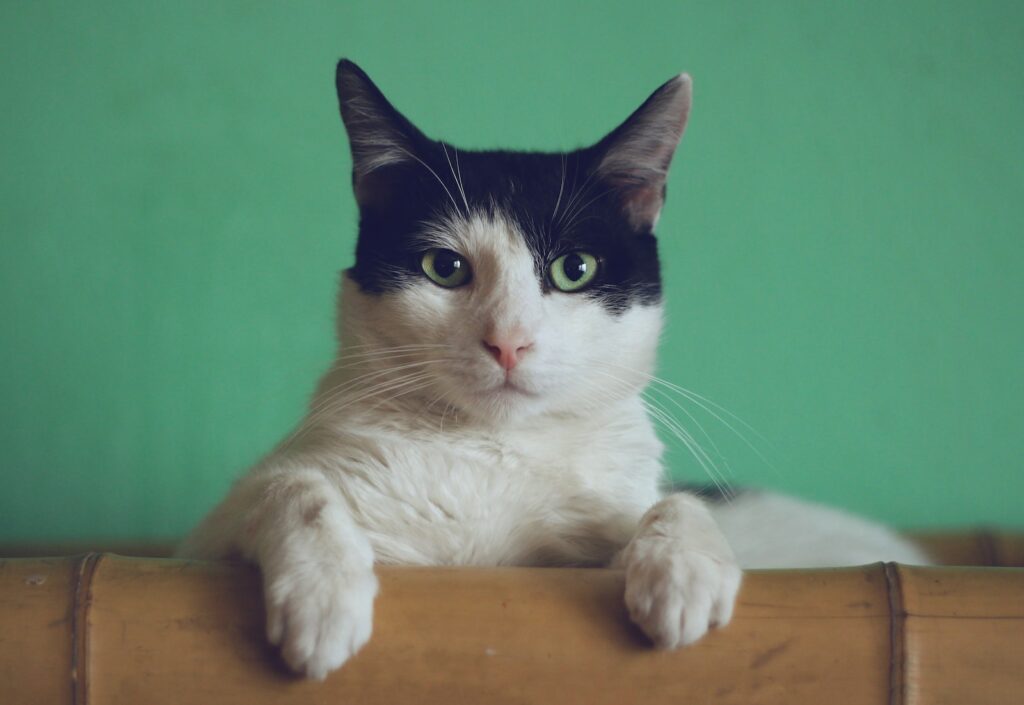Can Cats Eat Pumpkin? — Yes, They Can
Pumpkin can be a safe and healthy addition to a cat’s diet. It provides numerous benefits and can be enjoyed by your feline friend with certain considerations.
Can Kittens Eat Pumpkin?
Yes, kittens can also eat pumpkin. However, it is essential to introduce it gradually into their diet and in moderation.
Things to consider when feeding pumpkin to kittens?
When feeding pumpkin to kittens, make sure it is cooked and mashed properly to avoid any digestion complications. Start with small amounts and observe their reaction before gradually increasing the portion size.
Nutritional Benefits of Pumpkin for Cats — Why Pumpkin is Good for Cats?
1. Promotes Healthy Digestion
Pumpkin is a fantastic source of fiber, which aids in maintaining a healthy digestive system for cats. The high fiber content helps regulate bowel movements and prevent constipation.
2. Supports Weight Management
Due to its high fiber and water content, pumpkin is quite filling for cats while being low in calories. This makes it an excellent addition to their diet, especially for overweight cats, as it helps create a feeling of fullness without adding excessive calories.
3. Provides Essential Nutrients
Pumpkin is packed with essential nutrients such as vitamins A, C, and E, as well as potassium. These nutrients contribute to a cat’s overall health and immune system.
4. Hydration Boost
The high water content in pumpkin can help keep your cat hydrated, especially if they are not particularly fond of drinking water. Adequate hydration is crucial for maintaining proper kidney function and overall well-being.
5. Hairball Prevention
Pumpkin’s fiber content assists in reducing the formation of hairballs by promoting proper digestion and regular bowel movements. This can be beneficial, especially for long-haired breeds prone to hairball issues.
Potential Allergies: Can Cats Be Allergic to Pumpkin?
Cats are generally not allergic to pumpkin. However, some cats may exhibit sensitivities or allergies to certain food items, including pumpkin. It’s essential to monitor your cat for any adverse reactions or allergies when introducing pumpkin to their diet for the first time.
Symptoms of Pumpkin Allergies in Cats
- Digestive Upset: Cats with pumpkin allergies may experience vomiting, diarrhea, or stomach discomfort.
- Skin Irritation: Allergic reactions can manifest as itching, redness, swelling, or skin rashes.
- Respiratory Issues: In rare cases, cats may exhibit symptoms such as sneezing, coughing, or difficulty breathing.
What to Do If Your Cat Shows Symptoms?
- Consult a Veterinarian: If your cat experiences any allergic symptoms after consuming pumpkin, it’s advisable to seek veterinary guidance.
- Discontinue Pumpkin Consumption: Remove pumpkin from your cat’s diet if they show signs of allergic reactions.
- Try Alternative Foods: Talk to your vet about other suitable dietary options for your cat’s specific needs.
Recommended Amount: How Much Pumpkin Can a Cat Consume?
It is recommended to introduce pumpkin to your cat’s diet gradually. Start with small portions, approximately one to two tablespoons, and observe how your cat responds. If there are no adverse reactions, you can increase the quantity to about one to two teaspoons per day. Remember to consult your veterinarian for specific guidance tailored to your cat’s individual needs.
Things to Consider When Feeding Pumpkin to Cats
Pumpkin should always be cooked and mashed before offering it to your feline companion. Remove any seeds or skin, as they can be challenging to digest and potentially harmful. Avoid feeding canned pumpkin pie filling, as it may contain added sugars and spices that can be harmful to cats. Stick to plain, cooked pumpkin for a safe and healthy treat.
How to Feed Pumpkin to Cats: A Quick Guide
Pumpkin can be served in various ways to entice your cat’s taste buds. Here are a few simple recipes to incorporate pumpkin into their diet:
Pumpkin Puree
In a saucepan, cook pumpkin cubes until soft. Mash the cooked pumpkin until it transforms into a smooth puree. Serve a small amount as a tasty treat or mix a teaspoon with your cat’s regular food.
Pumpkin and Chicken Soup
In a pot, combine cooked and mashed pumpkin with boiled boneless chicken chunks. Add a small amount of chicken broth and simmer for a few minutes. Allow it to cool and serve warm as a special meal.
Pumpkin and Tuna Delight
Mix mashed pumpkin with canned tuna in water. Ensure the tuna is drained and free from any added flavors or seasonings. Offer a small portion as an occasional treat.
Conclusion
Pumpkin can be a healthy addition to your cat’s diet, providing nutritional benefits and aiding in digestion. However, it is crucial to introduce it gradually, observe for any allergic reactions, and serve it in a proper, cooked, and mashed form. As always, consult with your veterinarian before making any significant changes to your cat’s diet.





